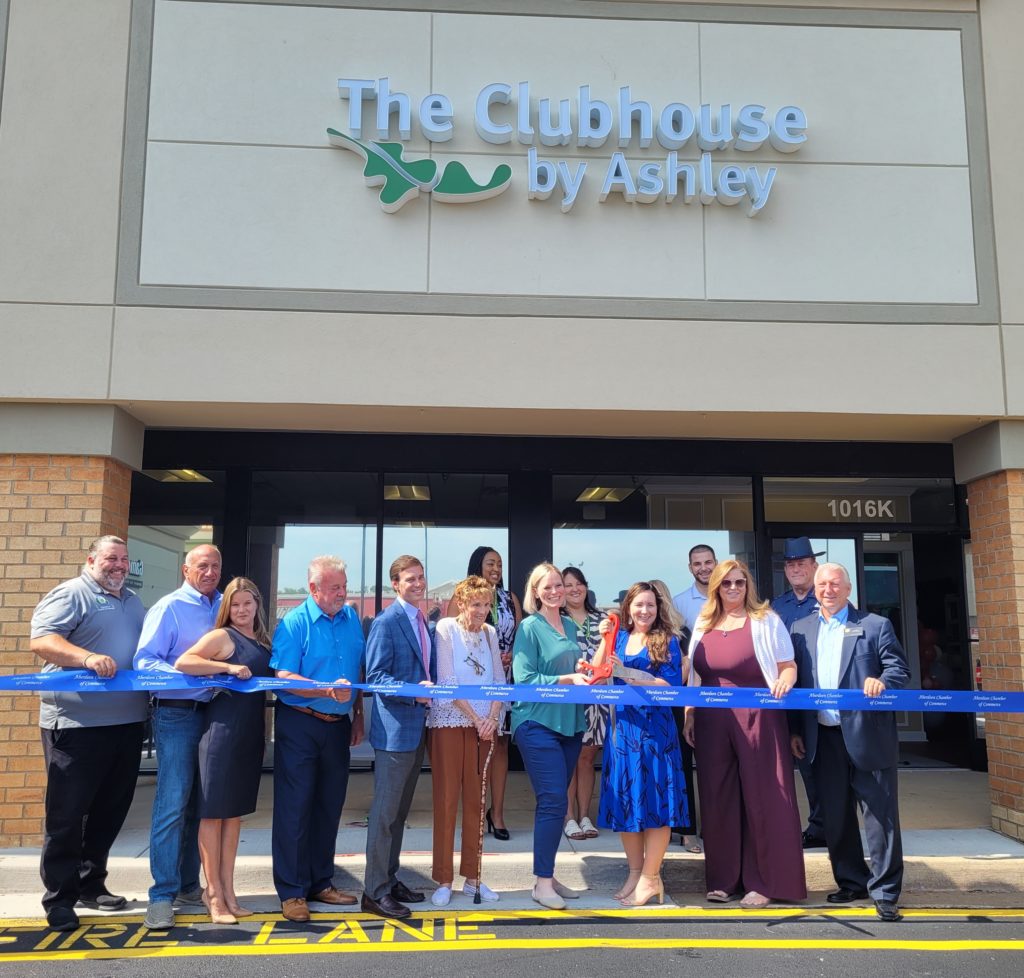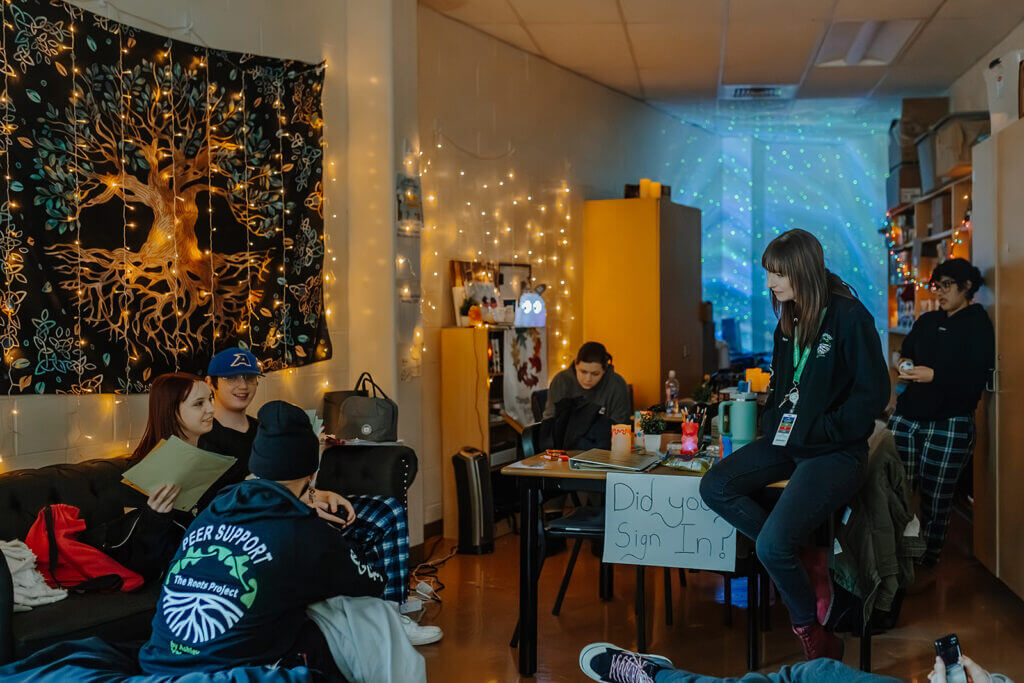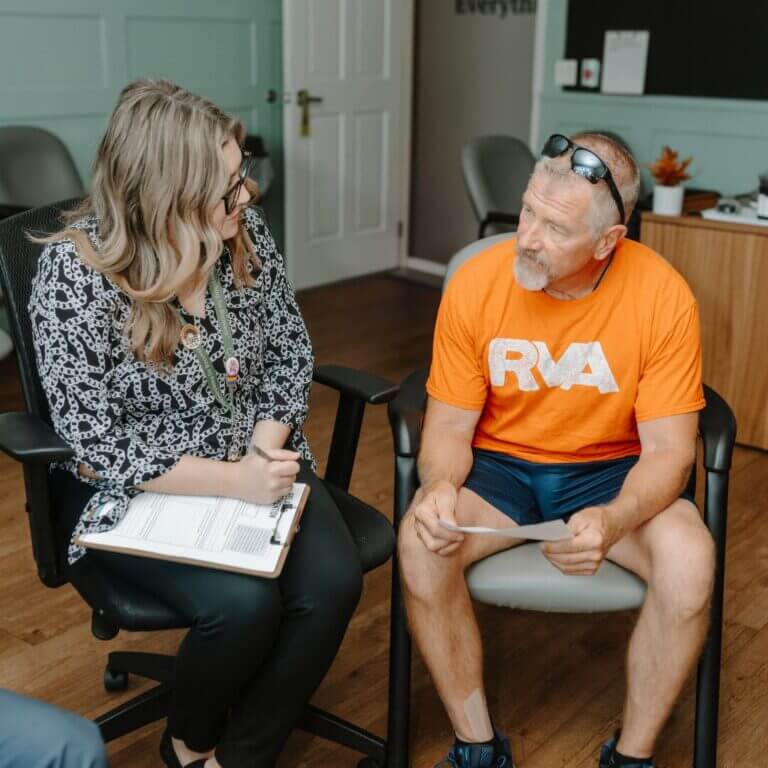

The Clubhouse by Ashley
Please connect with us for individual appointments via email at theclubhouse@ashleytreatment.org or give us a call at 410-273-2300.
We are open Monday and Wednesday – Friday, 2:00 pm – 8:00 pm! When school is not in session (summer hours) 10:00 am – 4:00 pm
On Tuesdays, we are open by appointment only when school is in session.
Our community is not just a space; it’s a catalyst for growth, support, and shared experiences. Your support makes dreams come alive at the Clubhouse!
Our free, fun and safe after-school & summer program
The Clubhouse by Ashley (“The Clubhouse”) is a free, fun and safe after-school and summer program for Harford County teens between the ages of 12 and 17* in Aberdeen, Maryland. All activities, meals, snacks and transportation to and from The Clubhouse are 100% free. We will provide a safe environment for the teens to hang out, play video games, try out new board games, cook, read, do homework and check out events in the area. At The Clubhouse, we help our members have fun and relax without turning to substances.
It’s a totally pressure-free environment, and our young peers are always available to talk.
When teens join The Clubhouse, they’ll also get a free goodie bag with things like headphones, lip balm and more.
Program highlights
- Absolutely no fee to join or participate
- All-around peer support
- Fun activities and events
- Free transportation (as needed)
- Snacks and meals provided
- Swag
- Safe space for teens to have fun!
Our Services
For Members
We are open Monday and Wednesday through Friday, 2:00 pm – 8:00 pm. Tuesday by appointment only. During the summer we are open 10:00 am to 4:00 pm. The Strengthening Families Program will begin September 2023, sign up here!
For Families
Families can check out our Strengthening Families Program (SFP). Sign up here. Enjoy family time, support and bond even more over a FREE weekly dinner at The Clubhouse!
Concerns and Privacy
We encourage members to seek resolution for concerns or conflicts with their care team. If an issue cannot be resolved in that manner, members have the right to submit a complaint through this link or via mail.
Please view our Privacy Policy here.
Meet Our Staff

Joey Young
Young Adult Peer Recovery Specialist

Grace A Fothergill
Young Adult Peer Recovery Specialist
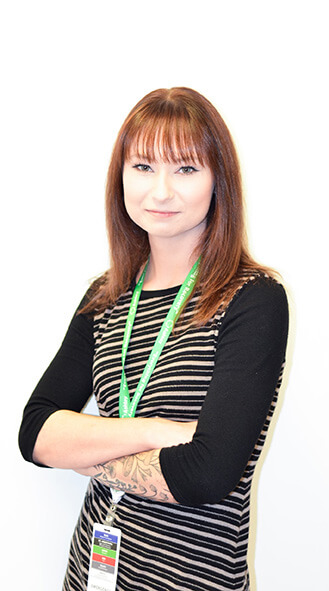
Tara Lunsford
Young Adult Peer Recovery Support Specialist
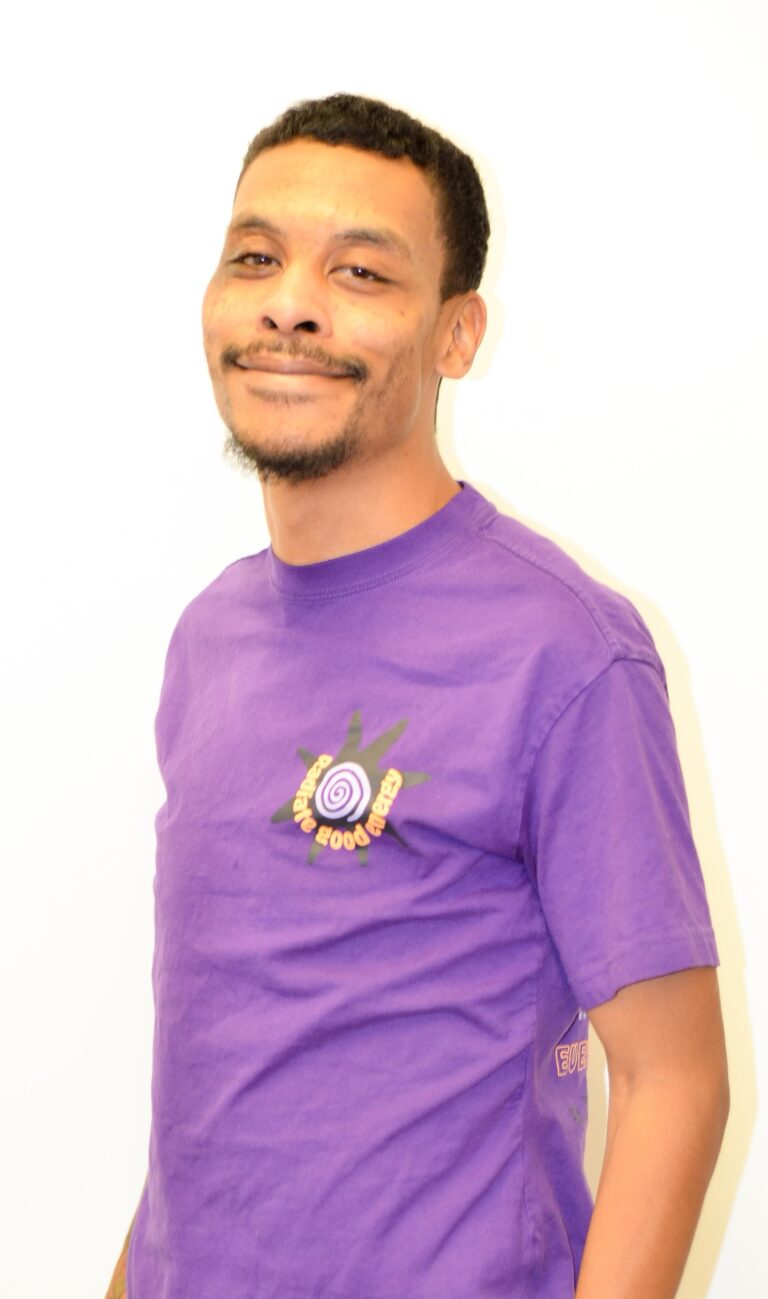
Chris Raeford
Young Adult Peer Recovery Specialist


